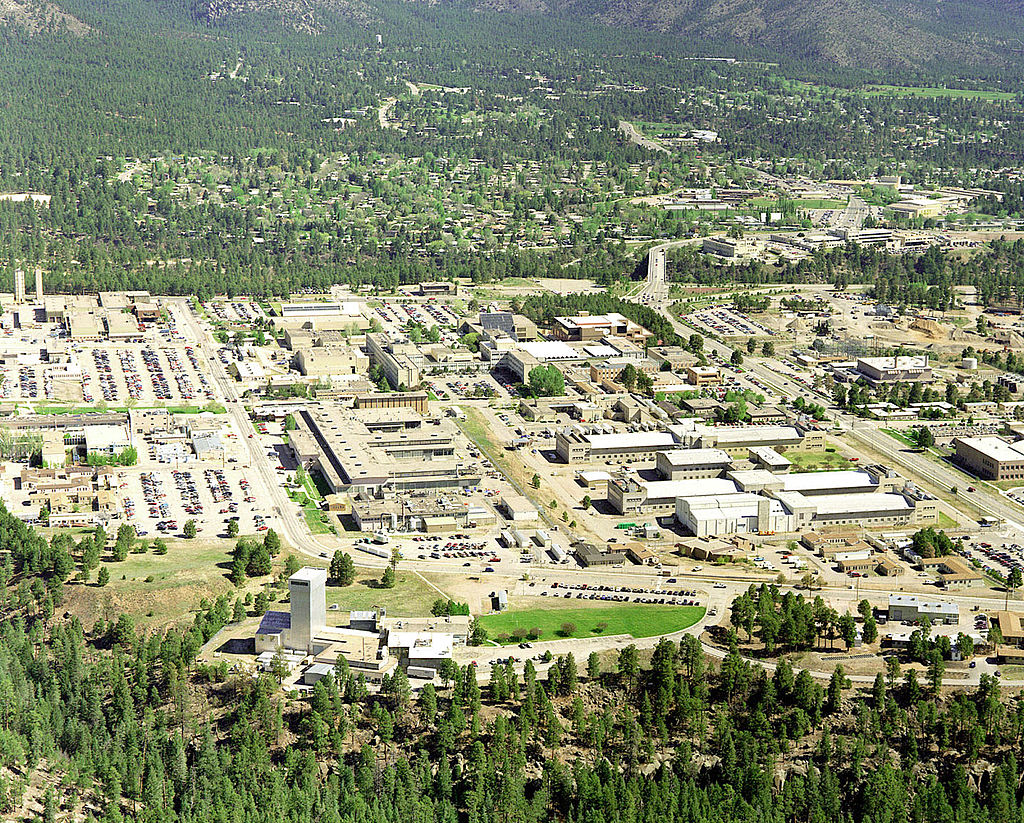A collaboration led by Rice University and Los Alamos National Laboratory has discovered that constant illumination reduces strain in a perovskite crystal lattice, and allows it to uniformly expand in all directions.
The expansion in turn improves the conversion efficiency, “curing” defects in the crystal structure and allowing more electrons to move through the material.
The researchers modeled more than 30 iodide-based thin films with perovskite like structures, and found that when exposed to light, the bonds between atoms relaxed and barriers between the perovskite layer and the electrode largely vanished.
This effect remained for 30 minutes after the light was switched off, and as the films were kept at a constant temperature during the expirements, the researchers ruled out heat as the cause of expansion.
The top performing device increased its efficiency from 18.5% to 20.5%, and the materials tested had an average raised efficiency of more than 19%, according to results published in the journal Science.
Popular content
The cells retained, on average, 85% of their peak efficiency after 800 hours of continuous operation at maximum power point, and showed no photo-induced degradation after 1,500 hours in operation.
“This work will accelerate the scientific understanding required to achieve perovskite solar cells that are stable,” Staff Scientist at Los Alamos National Laboratory, Aditya Mohite said. “It also opens new directions for discovering phases and emergent behaviors that arise from the dynamical structural nature, or softness, of the perovskite lattice.”
Producing stable perovskite materials without defects will be a key step in the commercialization of solar cells based on them. A team of researchers from leading institution has previously published research into healing defects through careful exposure to light and humidity. Further research into this effect could prove key to the development of commercially viable perovskite solar cells.
This content is protected by copyright and may not be reused. If you want to cooperate with us and would like to reuse some of our content, please contact: editors@pv-magazine.com.



By submitting this form you agree to pv magazine using your data for the purposes of publishing your comment.
Your personal data will only be disclosed or otherwise transmitted to third parties for the purposes of spam filtering or if this is necessary for technical maintenance of the website. Any other transfer to third parties will not take place unless this is justified on the basis of applicable data protection regulations or if pv magazine is legally obliged to do so.
You may revoke this consent at any time with effect for the future, in which case your personal data will be deleted immediately. Otherwise, your data will be deleted if pv magazine has processed your request or the purpose of data storage is fulfilled.
Further information on data privacy can be found in our Data Protection Policy.